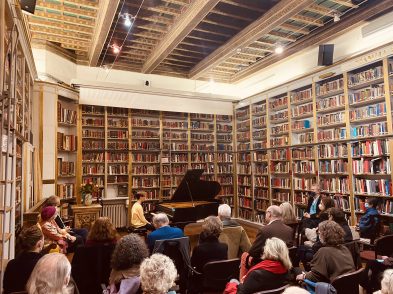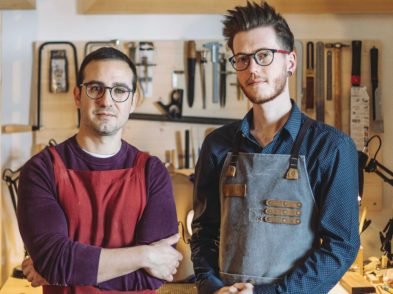Immediately facing the patron entrance to the basilica of Santa Croce is an elegantly appointed palazzo that towers slightly above the rest. The edifice is known as Palazzo Bargellini after Piero Bargellini, who was the mayor of Florence during the 1966 flood. The building has had a number of illustrious owners since its beginnings in the early 1500s, including the Da Verrazzano and Antinori families. In 1946, it was purchased by the wife of author and historian Piero Bargellini, having covertly asked her husband’s publishers for an advance on his book to make the down payment. Bargellini approved of the surprise purchase. On the morning of November 4, 1966, the flood waters rose slowly, but suddenly in the afternoon they became tsunami-like, a whoosh of water so powerful that it tore off the palazzo’s four-meter-tall wooden doors and washed one of them away, never to be found. The miasma rose to the base of the first floor, with the entire ground floor submerged and its contents destroyed. When the water subsided 24 hours later, leaving behind a devastated city, Mayor Piero Bargellini invited national government officials to the palazzo to understand the destruction. Quickly understanding as they trekked through the mud to reach him, they offered all the assistance necessary and the mayor opened his palazzo as a help center for the locals. Medicines and clothing filled rooms. There was food, medical help, and whatever else would be required to get his beloved Florentines through the terrible time.
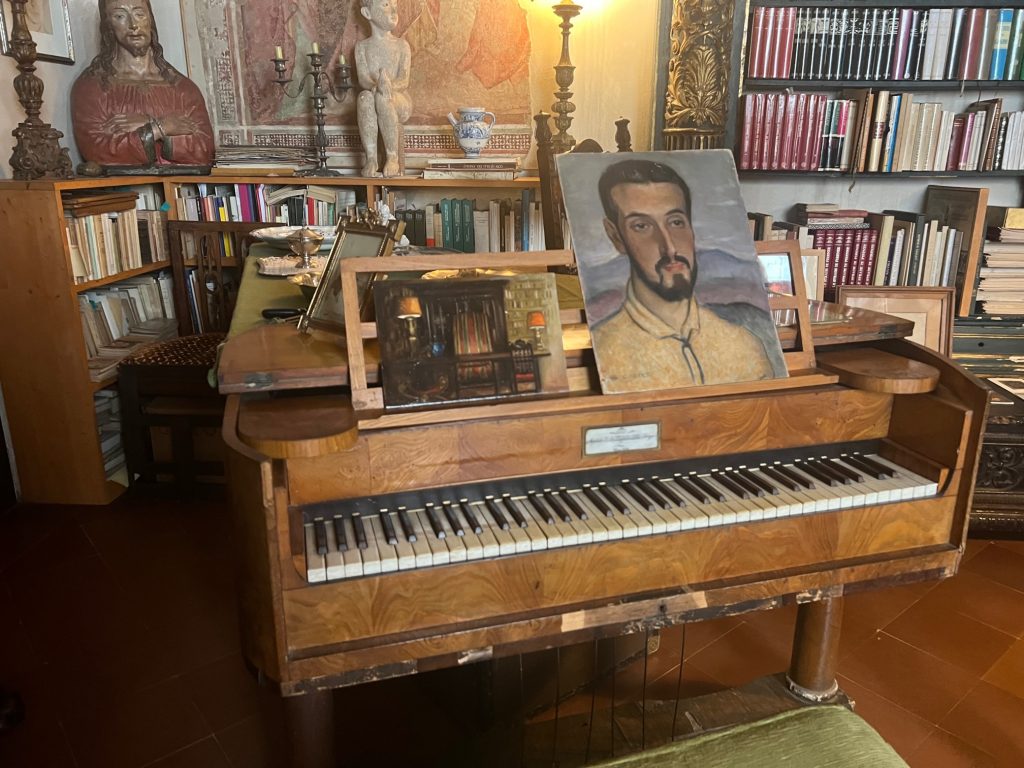
Bargellini’s welcoming spirit is still present on making one’s way through the majestic arches greeted by Gregorio Nardi, Piero Bargellini’s grandson. There are certain people who exude a genuine warmth from the first moment one encounters them, and Gregorio is such a person. One immediately imagines the way in which Gregorio’s grandfather, the mayor, welcomed his Florentine citizens. Gregorio’s large blue eyes betray a sense of history and understanding, but he has the gift of making you feel as if you are the most important person in the world to him at that very moment. Generously explaining the history of the palazzo in which he was born (“in a room just over there”) 58 years before, where he has spent his whole life, first as a young pianist and then as a performance and recording artist and cultural ambassador for under-appreciated works by well-known composers, he stands in the palazzo’s central garden that feels a million miles from Santa Croce, even though the basilica is just over the wall. He points to various windows: “That’s where my uncle lives, and there, my aunt, and up there on the top floor, that’s me.”
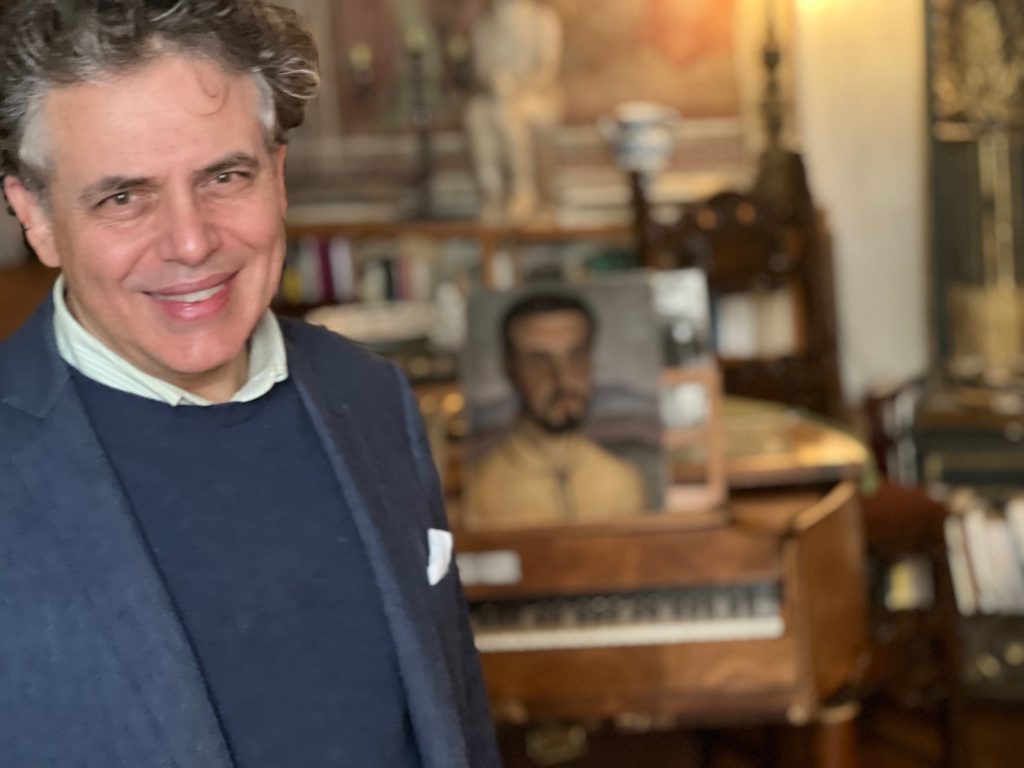
Gregorio remembers the flood in vivid detail, even though he was just a little over two years old. Whereas, stateside, it is more or less a tradition to move away from one’s childhood home for national and international adventures, there is something deeply moving about being with someone in an ancestral environment for which they are full of respect. Now a house museum that can be visited by prior reservation, Palazzo Bargellini is kept exactly as it was in the 1950s, with Piero Bargellini’s library and the many pianos decorating his studio, along with historic Florentine works of art that both honor the house’s traditions as well as indicate a clear continuum, especially when Gregorio sits down at one of the keyboards, a Steinway from the Fifties and effortlessly dashes off a Chopin Étude, a Gershwin piano variation or a few bars of Schumann.
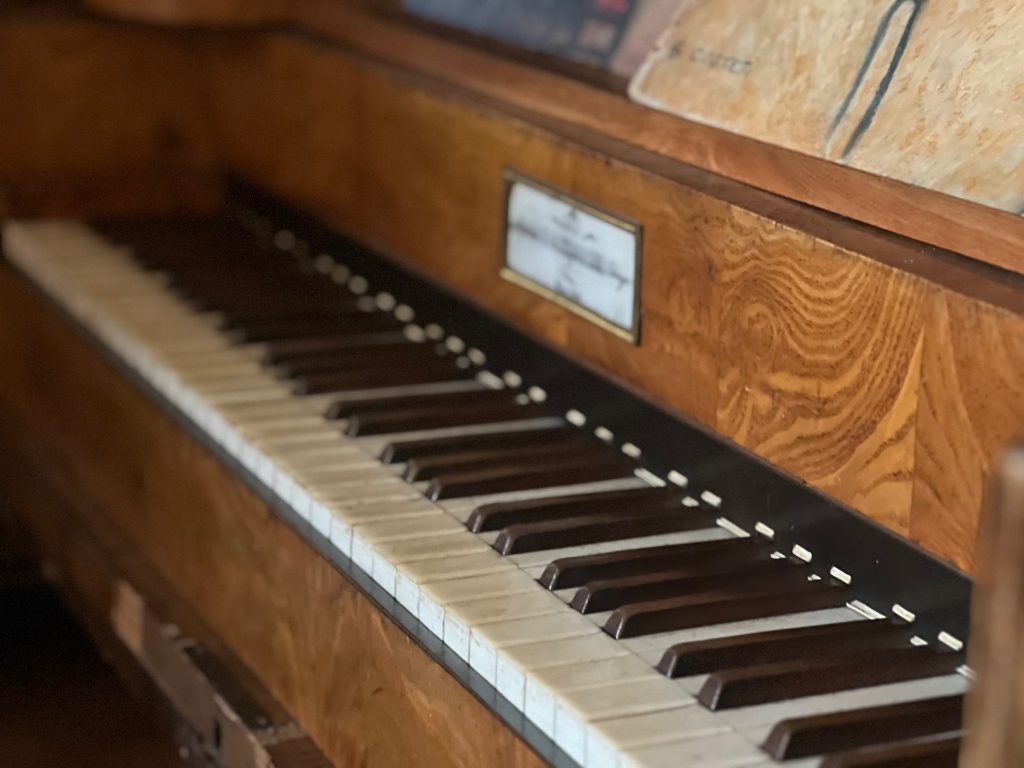
Gregorio came to international attention when he took the silver medal at the Arthur Rubinstein piano competition in Israel in 1983 and, three years later, honors in the Liszt competition in Utrecht. Having initially trained with his paternal grandparents Rio Nardi and Gregoria Gobbi, a famous piano duo, who studied under Buonamici, Consolo and Busoni, the continuum in the Bargellini-Nardi family extends far beyond real estate to the world of music and culture. In the palazzo’s time capsule studio, the earliest piano is Viennese, dating to 1820, with all its original parts intact. Another is an 1860 Pleyel that has been in residence all these years. The greatest of all virtuosos, Franz Liszt, would pass through Florence and one of Gregorio’s grandparents’ teachers was Buonamici, a prominent student of Liszt. There is little doubt that Liszt would have played that piano each time he was in town; it remains one of Gregorio’s prized possessions in a house full of such gems.
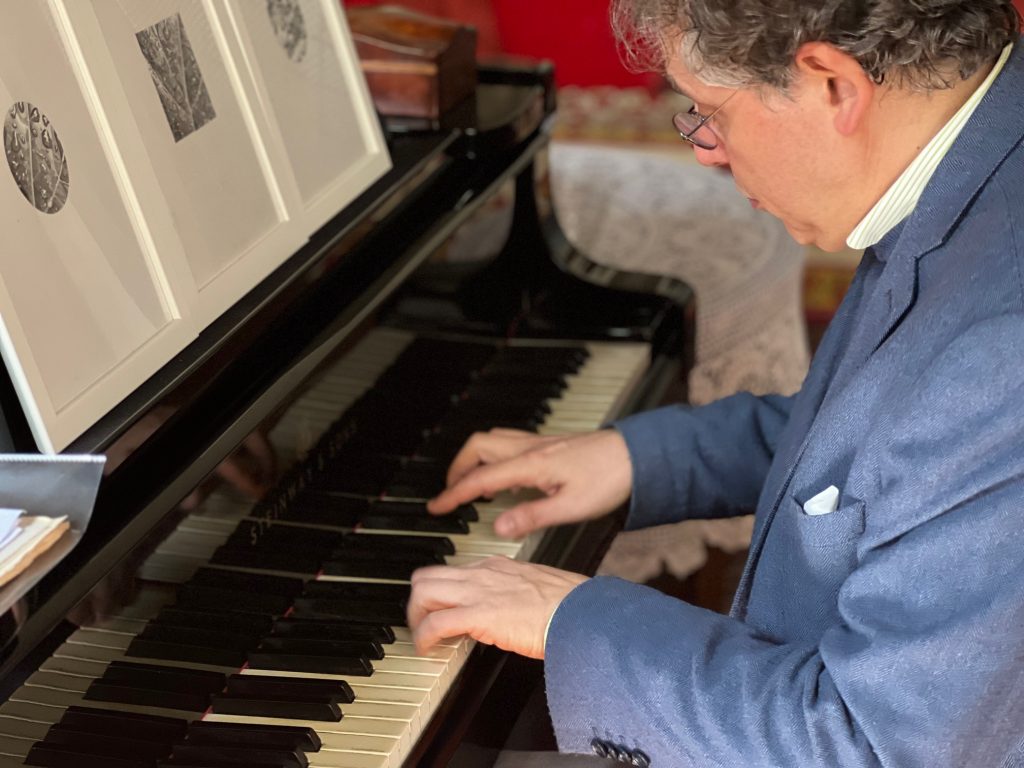
After winning the international competitions, Gregorio went on to play with orchestras in Israel, the Netherlands, Germany, United Kingdom, France and elsewhere in Europe. He has made world premiere recordings of little-known works by Schumann, Schoenberg and Ferdinand Hummel. He is a writer of music essays for CD Classica and Musica. He teaches masterclasses, directs various musical foundations and collaborates with others, such as ICAMus, which was created to promote the diffusion of American classical music. He is the founder of FLAMEnsemble, devoted to the presentation of contemporary music, and the Florence Chamber Music Festival, which features music from the classical world’s most appreciated contemporary composers, from Elliott Carter to John Cage. As the first interpreter of many masterpieces, his extraordinary accomplishments include the world premiere of the original version of the Concord Sonata by Charles Ives, in addition to works by Brahms and Busoni. Renowned composers such as Luciano Berio have composed for Gregorio. He has also reconstructed countless Gershwin piano improvisations for his recording of Gershwin songs performed solely at the piano. Gregorio’s varied discography is far reaching, exceeding the grasp of many other world-renowned pianists.
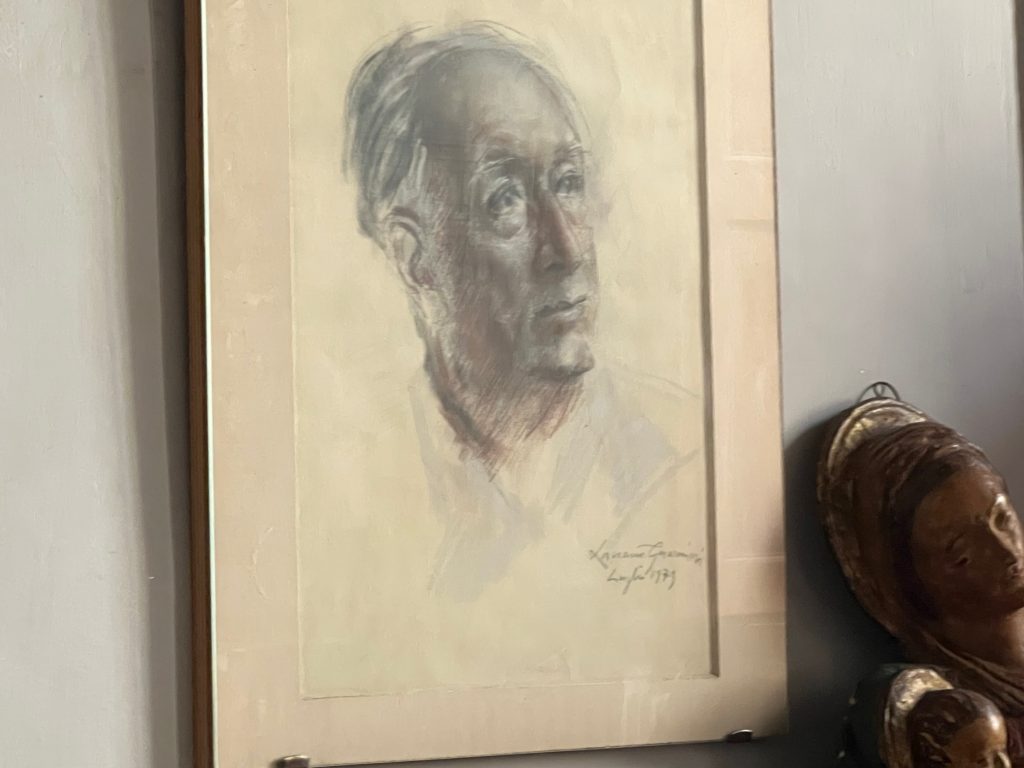
And yet, with all that, Gregorio sits comfortably in his grandfather’s chair among his grandfather’s belongings, warmly explaining where each piece of art comes from, the importance of his grandfather’s contributions to culture and Florence in particular, and how he himself is a true Florentine, who from this vantage point embodies all the wonderful elements of the true Florentine spirit of someone who loves their city and wants to share its beauties with an open heart. Florentines are sometimes thought of as “closed” and “unwelcoming”. These types, like in any family, are few and far between, but we remember them because they are unusual. Gregorio Nardi is a true Florentine, of which there are very many, living in his family tradition. About Gregorio, Mina Gregori, the famous Italian art historian and professor at University of Florence, remarked, “His grandfather used to go out at night to check that the lighting was working in lesser-known streets that today’s administration at times overlooks.” A true Florentine family indeed.



